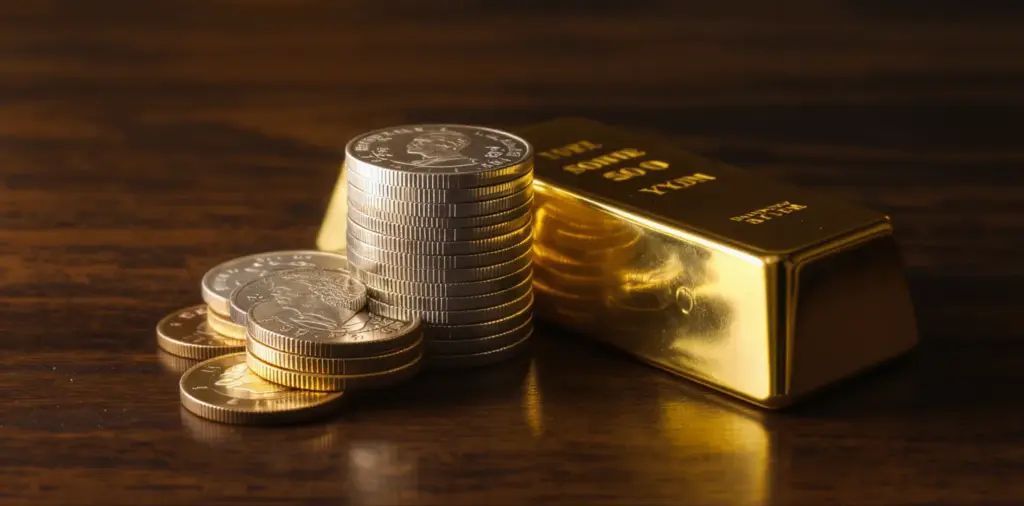The New Safe-Haven Hierarchy: Yen Unmoored, Gold Ascendant

Japan’s political pivot changes the risk map
Sanae Takaichi’s victory to lead the LDP, paving the way to become Japan’s first female prime minister, signaled a bias toward fiscal stimulus to shore up growth and inflation. Markets promptly marked down the yen’s haven premium: fiscal easing widens the path for higher JGB supply and keeps BOJ normalization conservative. For FX, that means USD/JPY stays a buy-the-dip regime unless Governor Ueda telegraphs a firmer hand once the cabinet is seated. For global risk, it means one less refuge when U.S. policy clouds thicken.
Gold’s breakout is more than a headline
A record above $3,900/oz wasn’t “just” about crisis theater; it reflected a rotation inside the safety complex. With a U.S. shutdown curbing official data and feeding recession/ratings chatter, and with parts of the Fed still publicly split, investors gravitated toward the hedge that doesn’t depend on policy credibility. The carry math improved as the market priced an additional 50 bps of cuts across October and December; in parallel, the yen’s weakness removed a rival shock absorber. The result: bullion’s convexity shone, and broker research now openly toys with $4,000 near-term scenarios.
The UK’s cautionary tale: stability over deregulation
Andrew Bailey’s message—don’t roll back the post-crisis rulebook in the hunt for growth—matters beyond Threadneedle Street. In an environment where the U.S. data grid is dim and the euro area debates non-bank risks, regulators signaling “no shortcuts” reduces tail outcomes in credit. That lowers the probability of financial-stability headlines hijacking macro trades and—ironically—makes classic havens like the pound’s rates complex a bit safer for foreign capital. FX-wise, it nudges GBP toward a cleaner relative-rates story versus the dollar over the next few weeks.
Energy’s role in the safe-haven reshuffle
OPEC+’s choice to stick with modest monthly hikes chips away at the “oil-shock” excuse for sticky inflation. If Brent remains contained, it strengthens the hand of gold bulls who argue that falling real rates, not energy scares, are driving the tape. Conversely, a surprise acceleration in OPEC+ supply—meant to claw back market share—could become growth-positive but price-negative for oil exporters, bolstering currencies levered to imports (eurozone, parts of Asia) while leaving gold’s hedging bid intact.
Positioning the portfolio: practical edges amid uncertainty
In FX, treat yen weakness as a regime, not a destiny: keep USD/JPY and EUR/JPY trend-biased but define tight invalidation around policy dates (Ueda’s speech, BOJ meeting). In rates, favor mild steepeners that benefit if the Fed honors the cautious camp’s warnings rather than Miran’s fast-cut map. In commodities, respect gold’s breakout as a structural repricing of insurance demand while recognizing it now “owes” momentum a consolidation. And in sterling, frame the trade around relative easing: if the Fed out-cuts the BoE into year-end, GBP remains a reluctant beneficiary of U.S. policy drift.
What if…
What if the BOJ signals tolerance for higher real yields after the cabinet forms? USD/JPY’s carry cushion deflates and yen-shorts get squeezed, reminding the market that Japan’s policy floor isn’t fixed. What if U.S. shutdown politics deteriorate and ratings agencies sharpen their pencils? Term premia could rise even as the Fed cuts, a mix that usually props gold and unsettles the dollar. What if OPEC+ blinks toward larger increases? That would reinforce disinflation trades in DM and could be the catalyst for a second-leg euro recovery if energy’s tax on consumers keeps receding.
